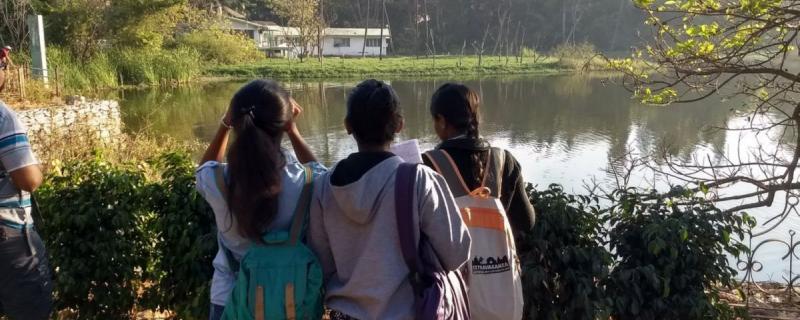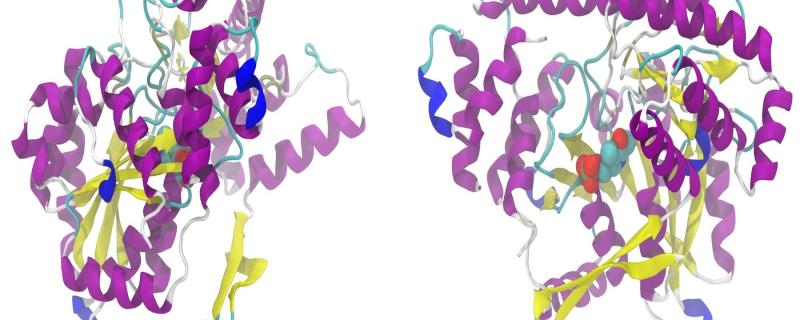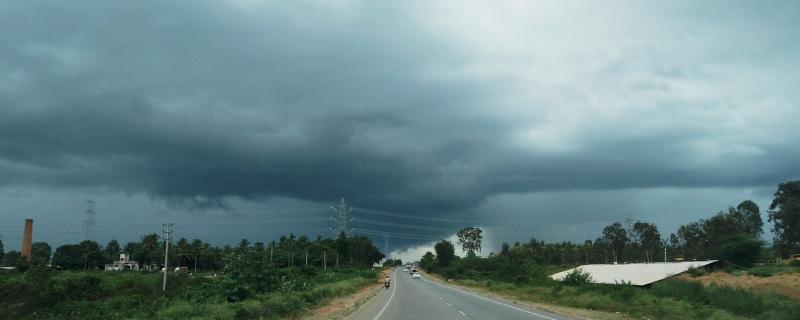During the fag end of 2015, Chennai experienced severe floods resulting in the death of about 500 people and economic losses of about INR 50,000 crores. The flooding stranded the city and was termed a 'man-made disaster' resulting from irresponsible water management and rapid urbanisation. The northeast monsoon of the year left most parts of South India marooned, exposing how vulnerable our cities are to such catastrophes. That's when the Office of the Principal Scientific Advisor took a major initiative to develop a real-time, integrated, urban flood forecasting system that was non-existent in our country. Soon after, a team of scientists from various institutes across the country, swung into action to develop the first-ever expert system in India to forecast floods. In a recent study, published in the journal Current Science, the researchers shed light on the development of the automated flood forecasting expert system.
Novel algorithms allows real-time monitoring and dynamic task allocation to significantly improve cooperation among autonomous robots
Mumbai/ May 3, 2024

![Inundation of Chennai by Kaitha Poo Manam [CC BY-SA 3.0] via Wikimedia Commons Fighting floods the 'expert' way](/sites/researchmatters.in/files/styles/large_front_800x320/public/chennai_flood.jpg?itok=EhgzFr0n)
![A quantum processor [Image Credits: By Anita Fors (Chalmers) - Wikimedia Commons, CC BY-SA 4.0] Getting more with less: Study proposes the design of an optimum quantum circuit](/sites/researchmatters.in/files/styles/large_front_800x320/public/quantumcomputing.jpg?itok=VUJSawb1)







